Google Pixel 6 Pro
After months of teasers and semi-reveals, the Google Pixel 6 Pro is now officially here, with the company confirming every detail about the new handset, as well as how much it’s set to cost and when it’ll be available to buy.
The Google Pixel 6 Pro is the company’s first serious attempt at a top-end device that can take on the very best smartphones right now, such as the Samsung Galaxy S21 Ultra, OnePlus 9 Pro and iPhone 13 Pro Max.
Launched alongside the standard – and considerably cheaper – Google Pixel 6, this new Pro variant is designed to be the very best from the company, packing its new Tensor chipset and other high-end internals, a top-tier camera setup, and a variety of other improvements.
We’ve used the Google Pixel 6 Pro for a few days now, and while we haven’t had enough time to give our full verdict on the phone, below you’ll find all the key details, plus our early impressions.
Google Pixel 6 Pro release date and price
The Google Pixel 6 Pro was revealed in full on October 19 after more than a month of teasers and reveals from the company. The Pixel 6 Pro release date is set for October 28 in the US and UK.
You can pre-order the phone now in the US, UK and Australia, although we’ve yet to get an official release date for Australia, with Google only saying it’ll be “coming soon”.
The Pixel 6 Pro price starts at $899 / £849 / AU$1,299 for the version with 128GB of storage. It’ll also come in a 256GB variant, but we’ve yet to find out how much that handset will cost.
That’s a good bit more expensive than the Google Pixel 6, which starts at $599 / £599 / $999; but it’s remarkably cheaper than other top-end handsets, like the Samsung Galaxy S21 Ultra or the iPhone 13 Pro Max, which cost in excess of $1,100 / £1500 or AU$1,800
Design and display
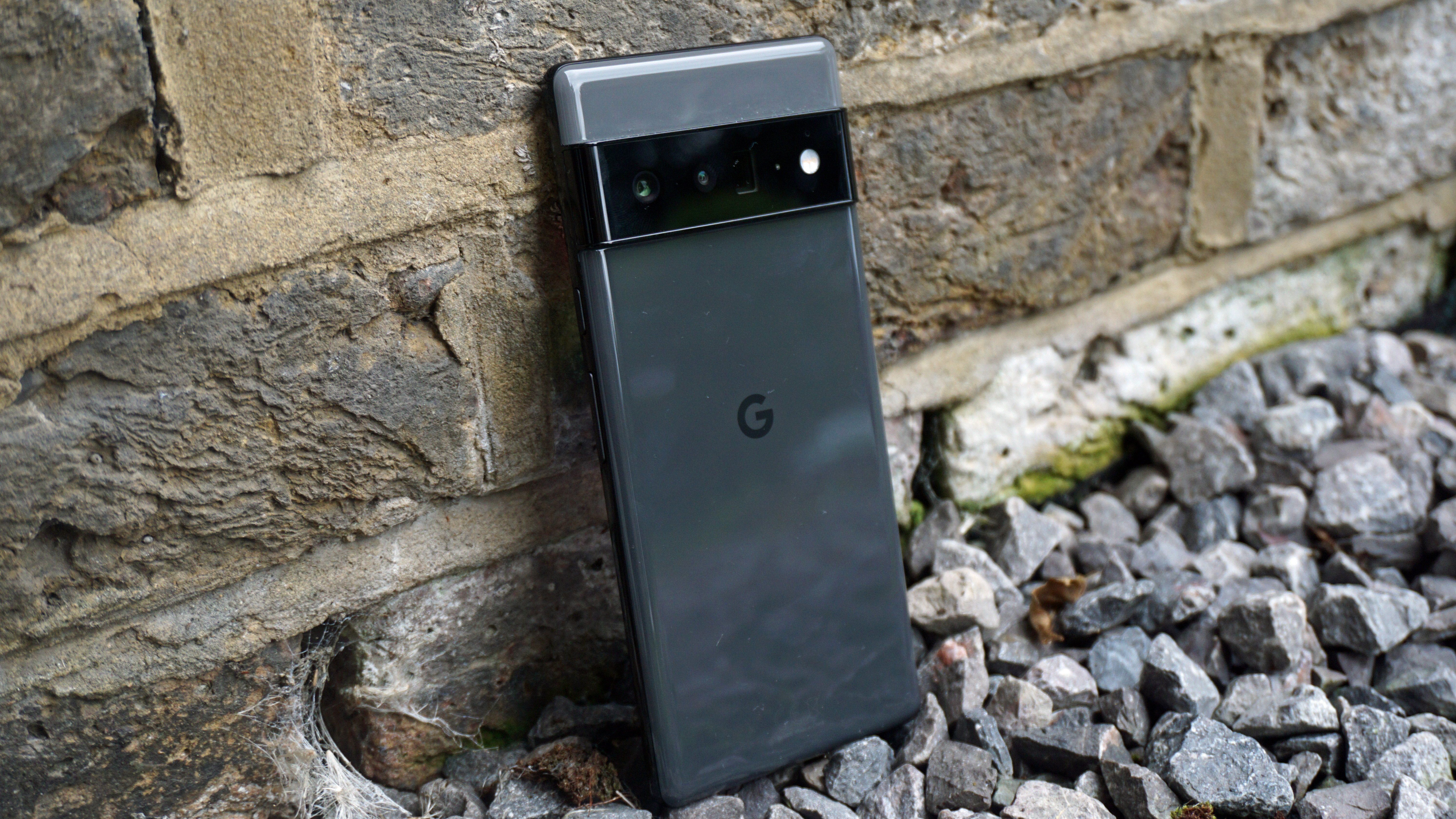
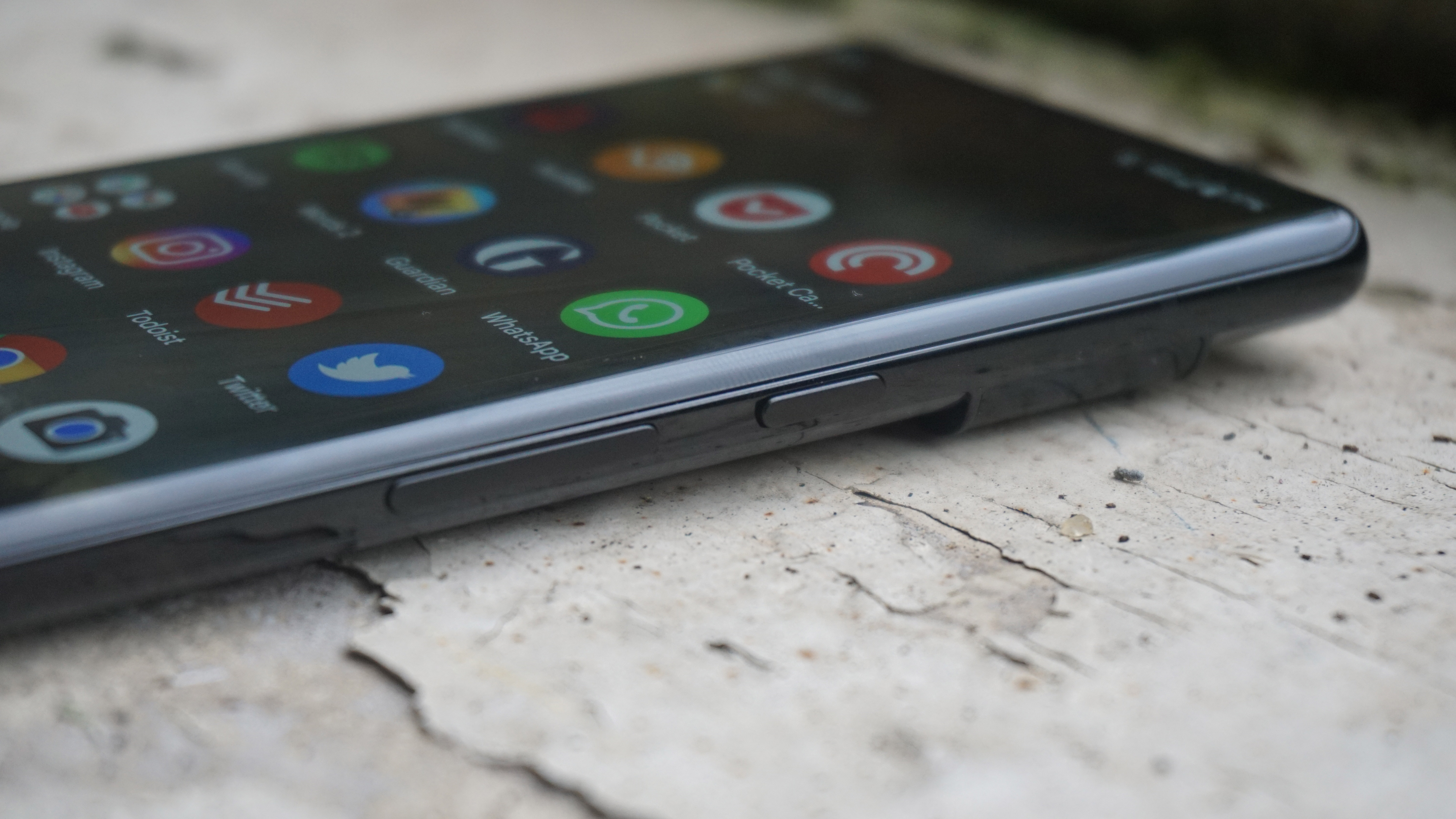
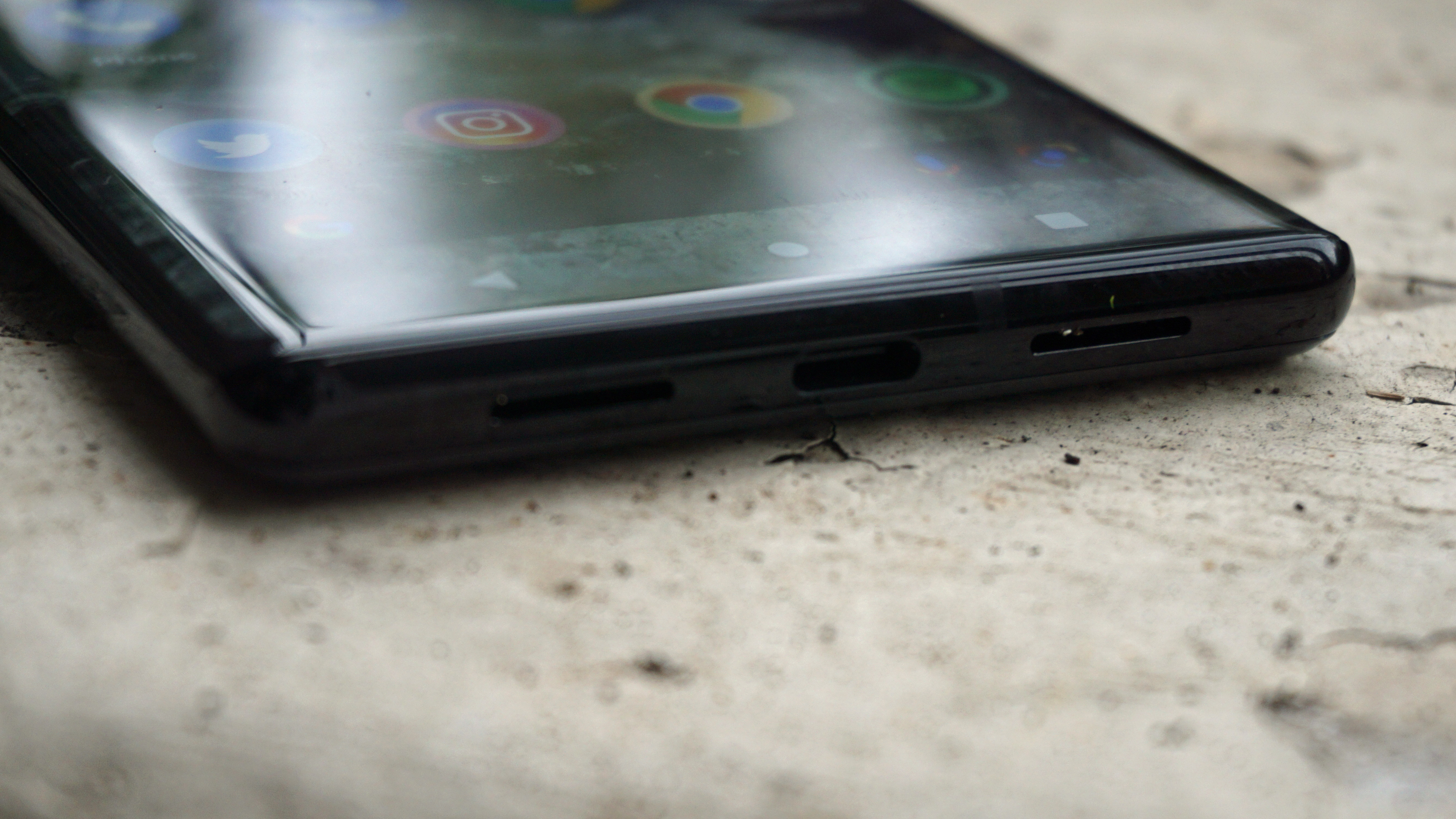
The Google Pixel 6 handsets look unique, with the horizontal camera strip taking up a large portion of the rear of the phone. It’s the most remarkable element of the design, and it’s an acquired taste, and something that’s certain to divide opinion.
The strip juts out from the rear of the phone by some way, which is likely to put some people off – although it undeniably gives the handset a unique look.
The handset is large, so you may want to opt for the Google Pixel 6 if you’re looking for a smaller device. It features a glass rear that’s protected by Corning Gorilla Glass Victus technology, which should ensure it’s not easily scratched.
It’s also IP68 water and dust resistant, so should be able to easily survive the odd dip in water, although we wouldn’t encourage fully submerging your phone for an extended period of time.
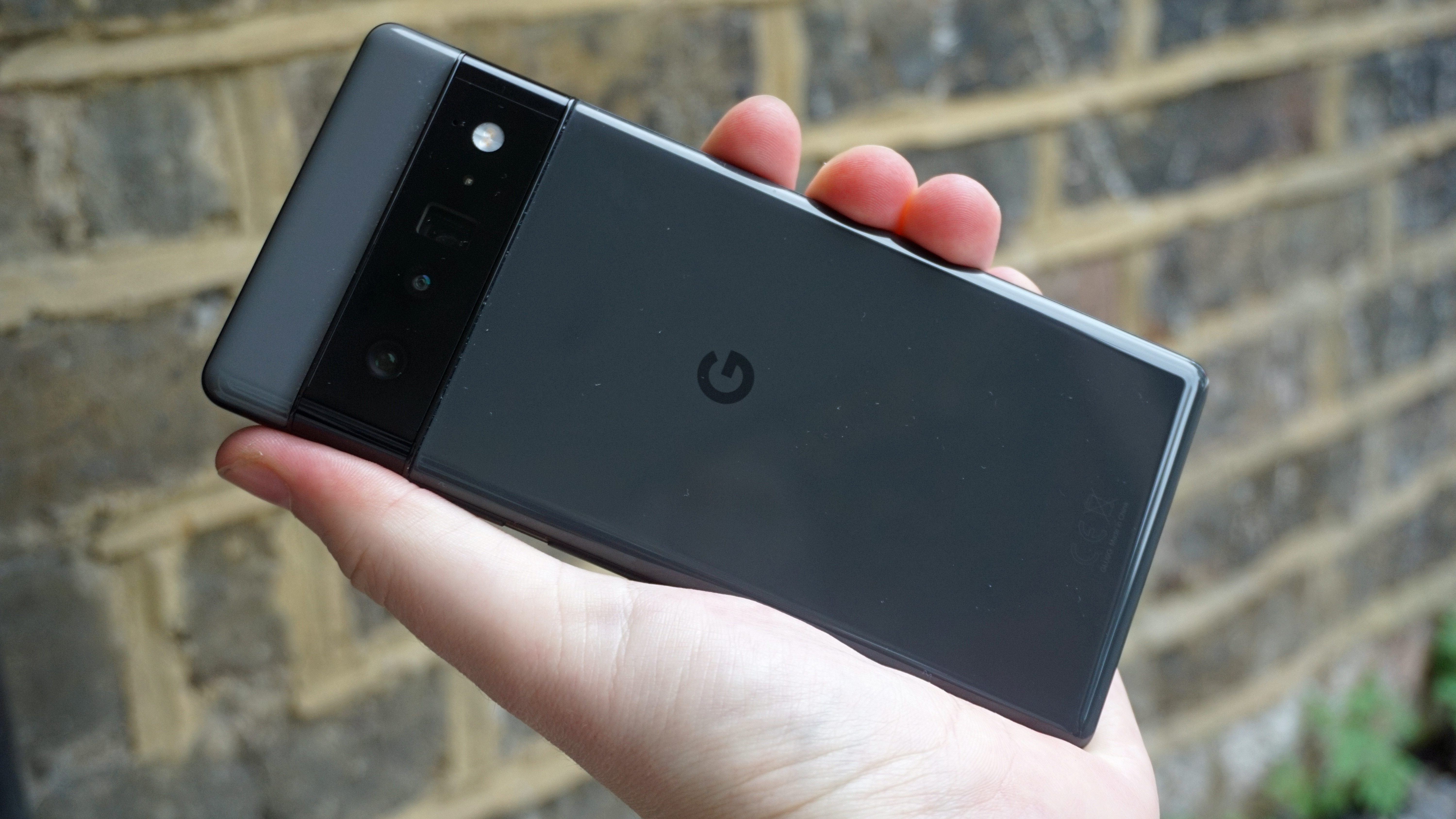
Its curved edges ensure the phone sits comfortably in your hand, although some may find it a touch slippery to hold – we found that a case was able to help with that issue.
On the bottom edge of the handset is the USB-C port, in between the speakers. On the right hand edge you’ll find the power button and the volume buttons.
The Pixel 6 Pro has a 6.7-inch QHD+ display, which is suitably large and offers crisp picture quality – the resolution of 1440 x 3120 is a remarkable step up compared to 2020’s Pixel 5 and its 1080 x 2340.
The display has a 120Hz refresh rate, which means the picture on the screen will refresh twice as quickly as on handsets with a ‘standard’ 60Hz screen for a smoother experience when gaming or scrolling social media feeds.
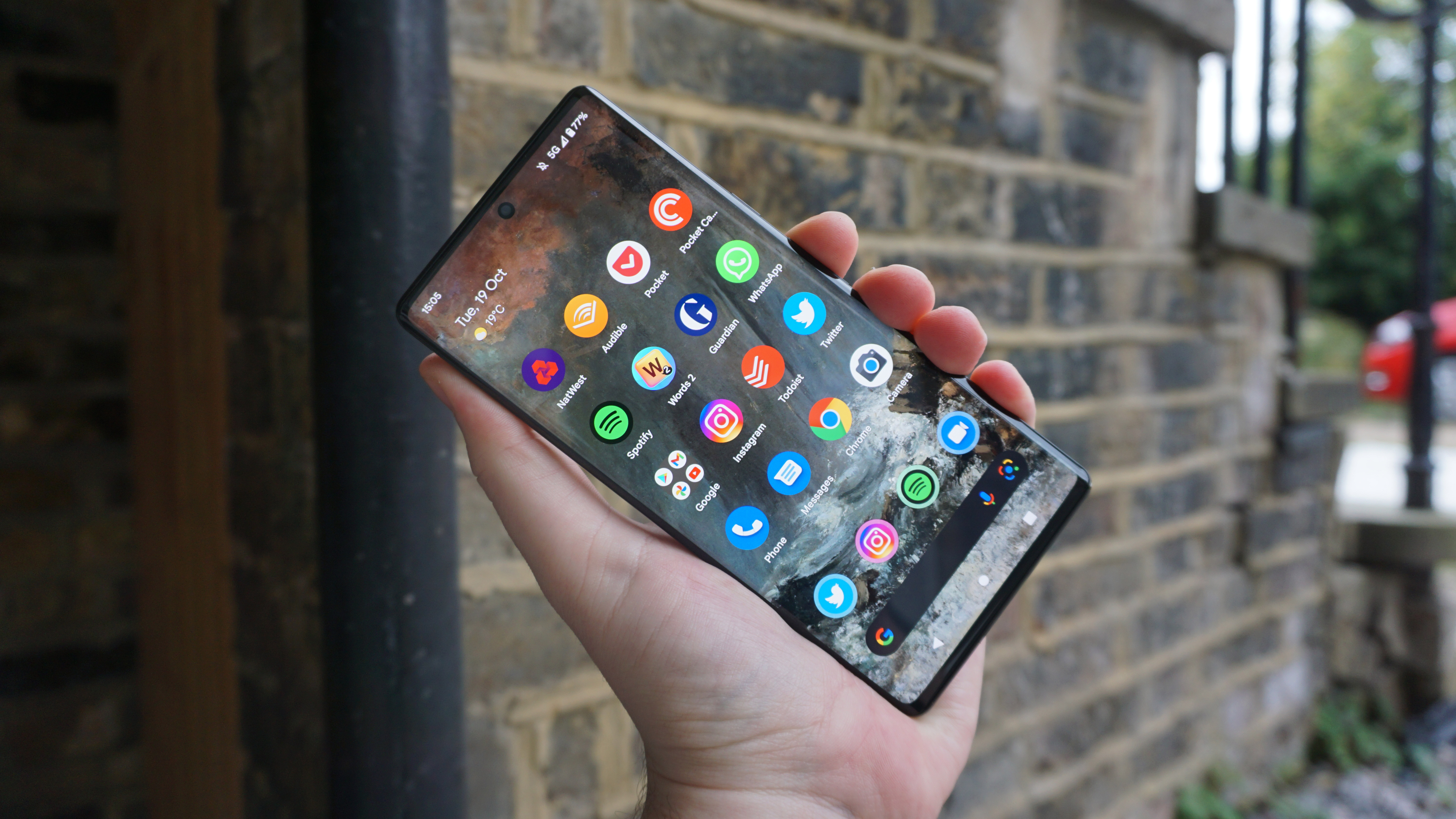
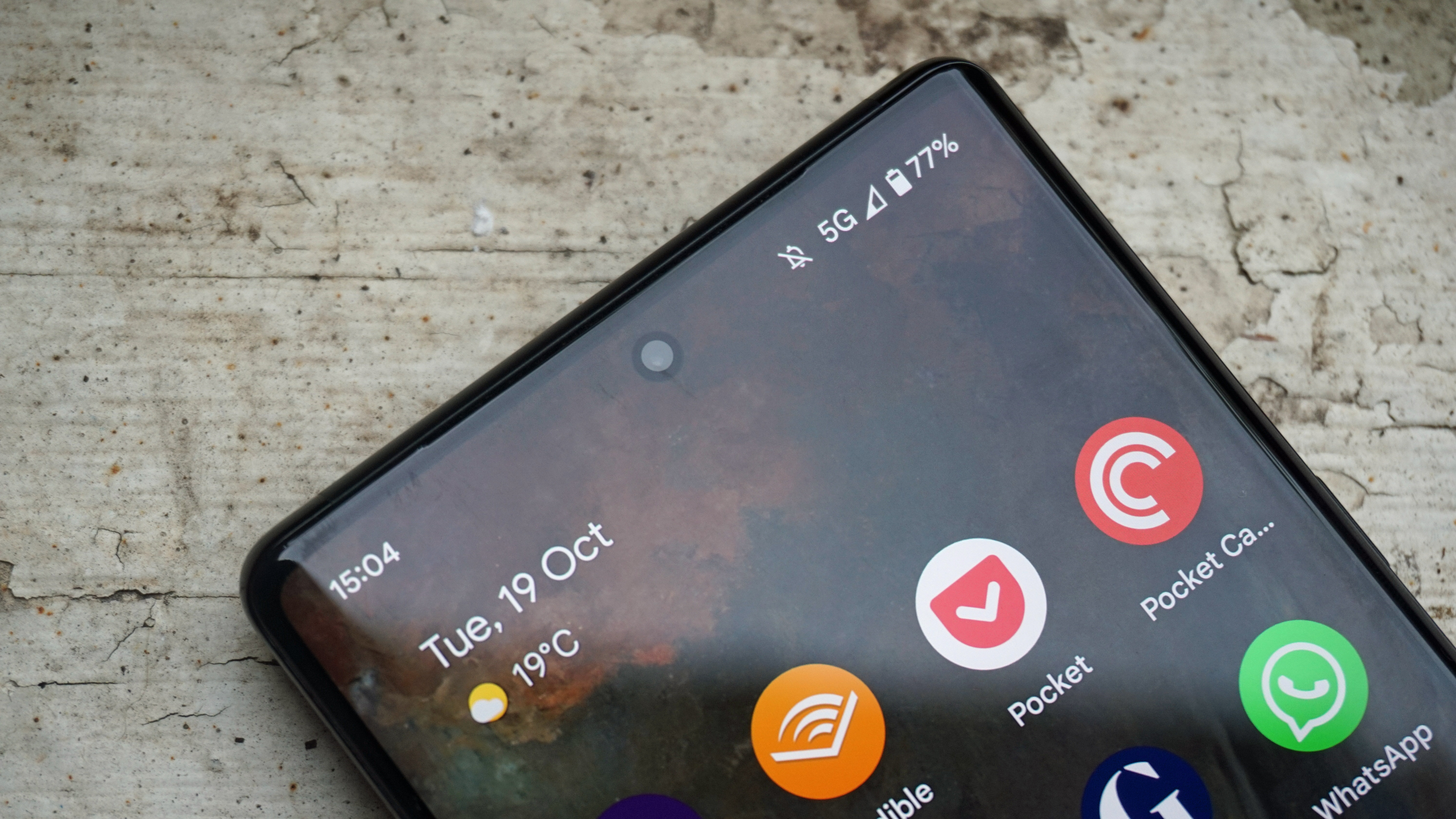
The screen also features Google’s first in-screen fingerprint scanner, although so far we’ve found it a little difficult to use. The positioning is fine, but we’ve had to try with multiple attempts on some occasions to unlock the phone.
The color options for the Pixel 6 Pro are Sorta Sunny (yellow and gold), Cloudy White (white and gray) and Stormy Black (black and gray), although while you’ll be able to buy the 128GB variant in all three colors, the 256GB version is only available in Stormy Black.
Cameras
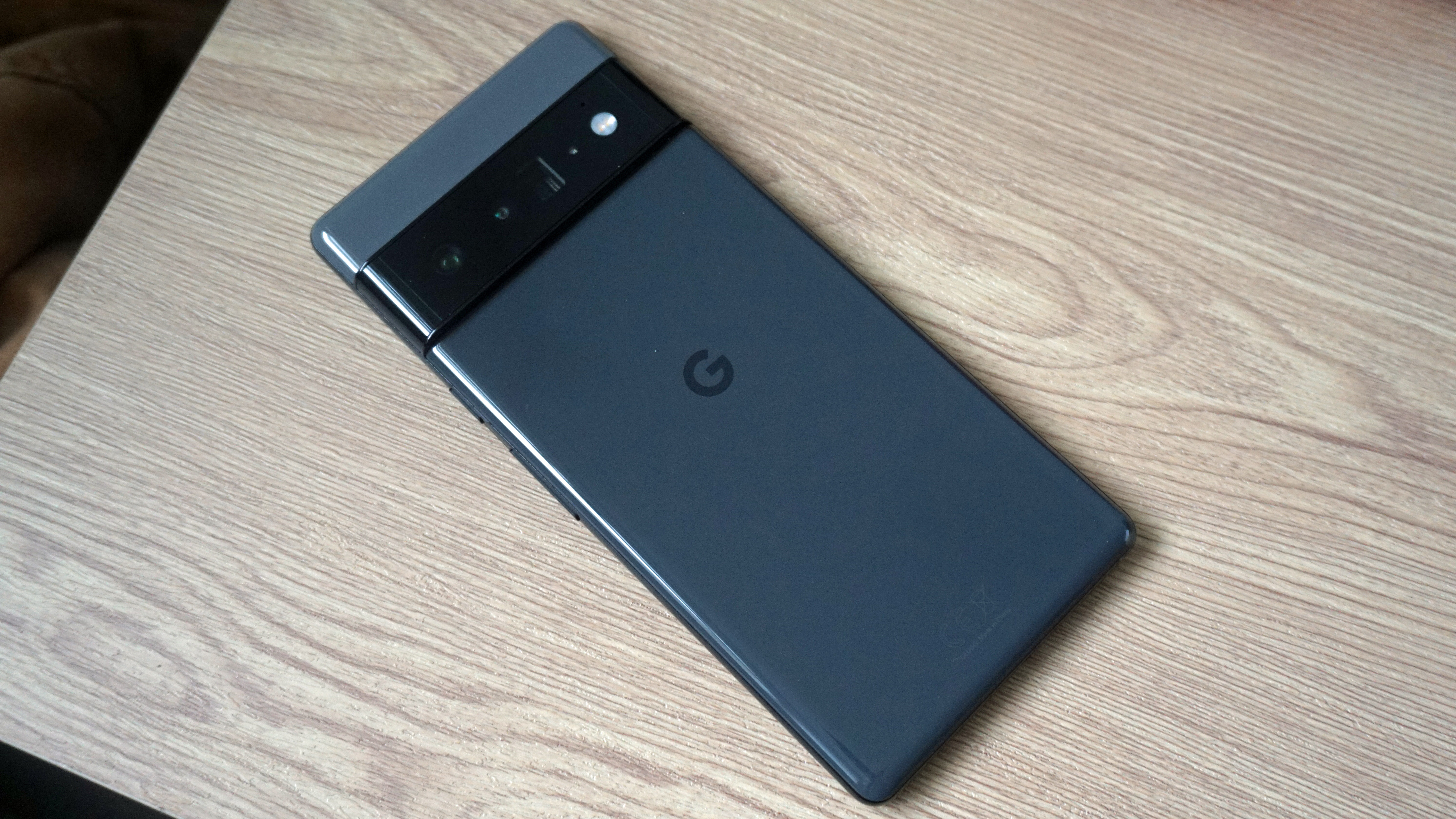
Google's smartphones are built around the company's camera technology, and on paper the camera setup in the Pixel 6 Pro looks like the best from the company yet, with a 50MP wide camera, a 12MP ultrawide camera and a 48MP telephoto shooter.
That telephoto camera is capable of up to 4x optical zoom, and in our early testing we found that it produced detailed images with little effort.
The ultrawide camera gives you a 114 degree field of view, for when you want to get more people, or more of a sweeping vista, into the frame.
The standard 50MP camera is certainly a step up from what we’ve seen on previous Pixel phones, but we want to put it through more testing before we can give you a full picture of what it’s capable of doing.
On the front of the phone you’ll find an 11.1MP selfie camera with an f/2.2 aperture, and initial results from this camera also looked good with natural skin tones in our portrait shots.
We’re still testing all the Google 6 Pro’s cameras, so look out for our full review, where we’ll share our in-depth findings, along with sample images.
Performance and battery
The Pixel 6 Pro is the first phone from the company to move away from Qualcomm’s Snapdragon chipsets and use Google’s own silicon. The chipset available here is called the Tensor.
We don’t know exactly what the Tensor chip offers that’s different from what you get from Snapdragon processors, but Google is promising top-end power for those who need a phone with plenty of grunt.
As with the cameras, we’ll be able to tell you more about what the Tensor chipset is capable of in our full review.
It’s a similar story when it comes to battery life – we’ve not been able to fully test this, but Google says the Pixel 6 Pro will last a full day on a single charge, and up to 48 hours if you make use of the phone’s Extreme Battery Saver mode.
The battery capacity is 4,905mAh, which seems suitable for a smartphone of this size.
There’s fast-charging here, although it’s not as fast as you’ll get with some other Android phones. It tops out at 30W, with the phone able to charge from zero to 50% in around 30 minutes.
There’s also Qi wireless charging, but we’ve yet to learn the speeds you can expect.
Another important thing to note is that you’re not getting a charger in the box, so you’ll need to use an existing USB-C charger, buy one separately, or stick to wireless charging.
Early verdict
The Pixel 6 Pro features a distinctive design that you’ll likely either love or hate, but many of its features look genuinely exciting based on our short hands-on time, suggesting that this phone will be able to compete with some of the very best handsets on the market.
We’re looking forward to testing the phone more thoroughly, and confirming whether or not that’s the case – so be sure to keep your eyes peeled for our full Google Pixel 6 Pro review.
0 comments:
Post a Comment